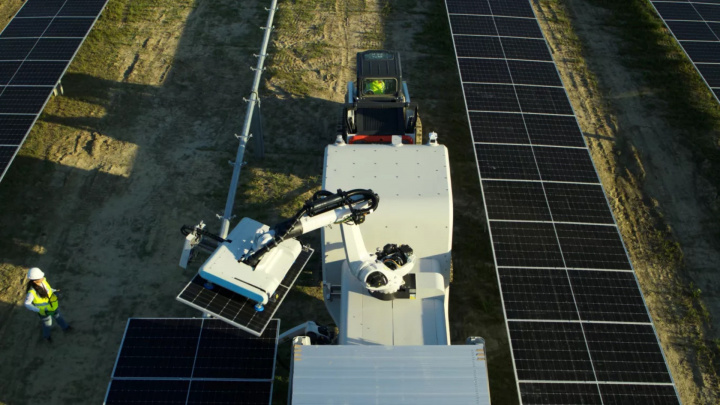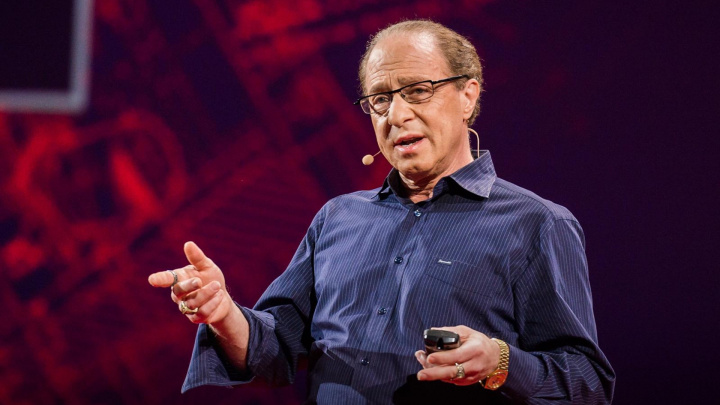Space-Based Solar Power: A Future Energy Source on the Horizon?
The concept of Space-Based Solar Power (SBSP) – collecting solar energy in space and transmitting it wirelessly to Earth – has captivated scientists and engineers for decades. First proposed scientifically by Dr. Peter Glaser in 1968, SBSP offers a potential solution to humanity's growing energy demands and environmental challenges by providing clean, continuous power. Driven by concerns over climate change and advancements in space technology and wireless power transfer, the concept is moving closer to practical realization, as demonstrated by recent successful experiments.

How Space-Based Solar Power Works
The fundamental idea behind SBSP involves three main segments:
- Space Segment (Solar Power Satellite - SPS): Huge arrays of solar panels (photovoltaics), potentially spanning several square kilometers, are placed in orbit, typically geostationary orbit (GEO) about 36,000 km above the Earth. In GEO, the satellite remains in a fixed position relative to a ground station and receives sunlight over 99% of the time, unaffected by Earth's atmosphere, weather, or the day-night cycle. The solar energy collected (which is also more intense than on Earth's surface) is converted from direct current (DC) electricity into either high-frequency radio waves (microwaves) or laser beams.
- Wireless Power Transmission: The converted energy is beamed towards Earth using a large transmitting antenna on the satellite (potentially kilometers in diameter for microwaves, requiring precise phase control) or a laser emitter.
- Microwaves: This is the more commonly studied method. Microwaves can penetrate Earth's atmosphere efficiently, regardless of cloud cover or weather conditions. However, physics dictates that large antennas (both transmitting and receiving) are needed to maintain a focused beam and keep energy density low and safe.
- Lasers: Laser beams allow for much smaller transmitting and receiving antennas but are significantly attenuated by clouds, rain, and atmospheric absorption. Beam safety considerations are also critical.
- Ground Segment (Receiving Station): A dedicated ground station receives the beamed energy. For microwave transmission, this involves a large receiving antenna called a "rectenna" (rectifying antenna). Rectennas are arrays of dipole antennas with diodes that directly convert the incoming microwave energy back into DC electricity with high efficiency. While rectennas can cover large areas (several square kilometers), the land beneath them could potentially be used for other purposes, like agriculture, as the microwave intensity is designed to be low. The DC power is then converted to alternating current (AC) and fed into the terrestrial power grid.
Advantages of SBSP
- Continuous, Baseload Power: Unlike terrestrial solar or wind, SBSP in GEO can provide power 24/7, acting as a baseload energy source, drastically reducing the need for large-scale energy storage.
- Higher Energy Collection: Solar panels in space receive more intense sunlight (~1360 W/m²) without atmospheric filtering or nighttime interruption.
- Global Reach: Power can theoretically be beamed to rectennas located anywhere on Earth, including remote or energy-poor regions, potentially bypassing the need for extensive long-distance transmission lines on the ground.
- Clean and Renewable: SBSP harnesses solar energy without emitting greenhouse gases during operation, contributing significantly to decarbonization efforts.
- Reduced Land Footprint (Potentially): While rectennas are large, the total land use per unit of energy delivered might compare favorably to the sprawling footprint of equivalent terrestrial renewable energy farms combined with their required energy storage.
Technological Progress and Demonstrations
While large-scale SBSP remains futuristic, significant progress has been made in demonstrating key technologies:
- Caltech's MAPLE Experiment (2023): A landmark achievement, the Microwave Array for Power-transfer Low-orbit Experiment (part of the Space Solar Power Demonstrator - SSPD-1) successfully demonstrated wireless power transmission between components *in space* and beamed detectable energy back to a receiver at Caltech's campus in California. This was a crucial proof-of-concept for the integrated system.
- Wireless Power Transmission Research: Various entities, including the US Naval Research Laboratory (NRL), have conducted experiments on both microwave and laser power beaming over distance, improving component efficiency and beam control techniques.
- International Interest: Several nations and agencies are actively researching or planning SBSP initiatives, including China (with an ambitious roadmap), Japan (JAXA, a long-time researcher), the United Kingdom (Space Energy Initiative), and the European Space Agency (ESA's SOLARIS program).
Challenges and Economic Considerations
Despite progress, formidable challenges remain:
- Launch Costs: The sheer mass of materials required for a single utility-scale SPS (tens of thousands of tons) makes launch costs the primary economic barrier. The advent of fully reusable super-heavy-lift rockets (like SpaceX's Starship) is considered essential for SBSP viability.
- Component and System Efficiency: Improving the end-to-end efficiency – from sunlight capture (PV efficiency, degradation resistance), DC-to-RF/laser conversion, transmission accuracy, and rectenna RF-to-DC conversion – is critical for economic feasibility.
- In-Space Assembly and Maintenance: Constructing and maintaining kilometer-scale structures in the harsh space environment (radiation, debris, thermal extremes) requires advanced robotics and autonomous systems.
- Beam Safety and Control: Ensuring the power beam remains precisely targeted and operates at safe energy levels (low power density at the rectenna edge and beyond) is paramount for public acceptance and regulatory approval. Fail-safe mechanisms are essential.
- Space Debris Mitigation: Adding massive structures to orbit increases collision risks, requiring careful design and potentially active debris removal considerations.
- Frequency Allocation: Securing dedicated international frequency bands for microwave power transmission is necessary to avoid interference with existing satellite communications and radar systems.
Future Outlook
SBSP holds the transformative potential to become a significant component of the future global energy infrastructure, providing continuous, clean energy on a massive scale. However, overcoming the substantial technical and economic hurdles will require sustained investment in research and development, dramatic reductions in launch costs, and international collaboration. While initial pilot plants might emerge in the coming decades, utility-scale SBSP is likely still many years away from widespread deployment. Nonetheless, the accelerating pace of space technology development suggests that what was once science fiction is steadily moving into the realm of engineering possibility.





